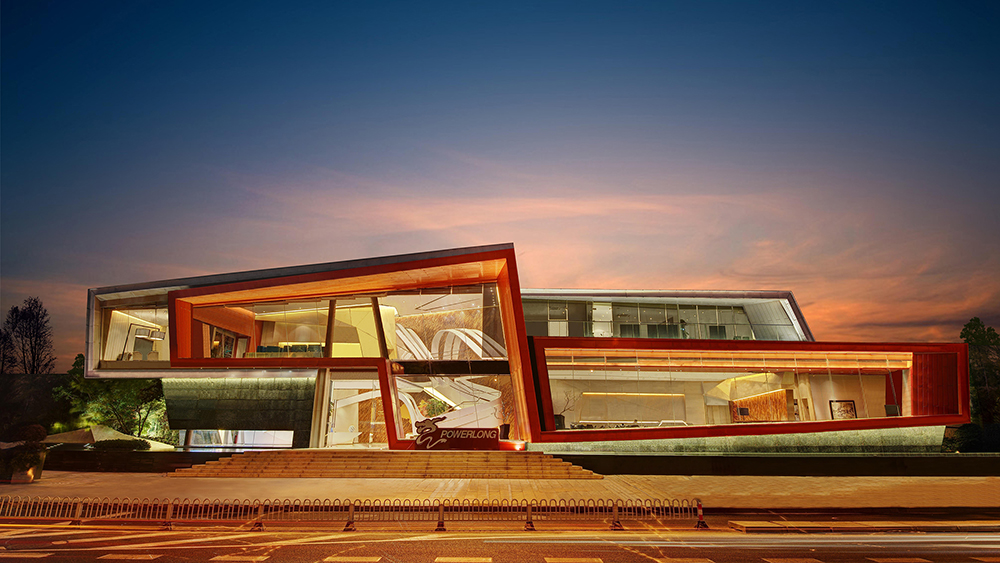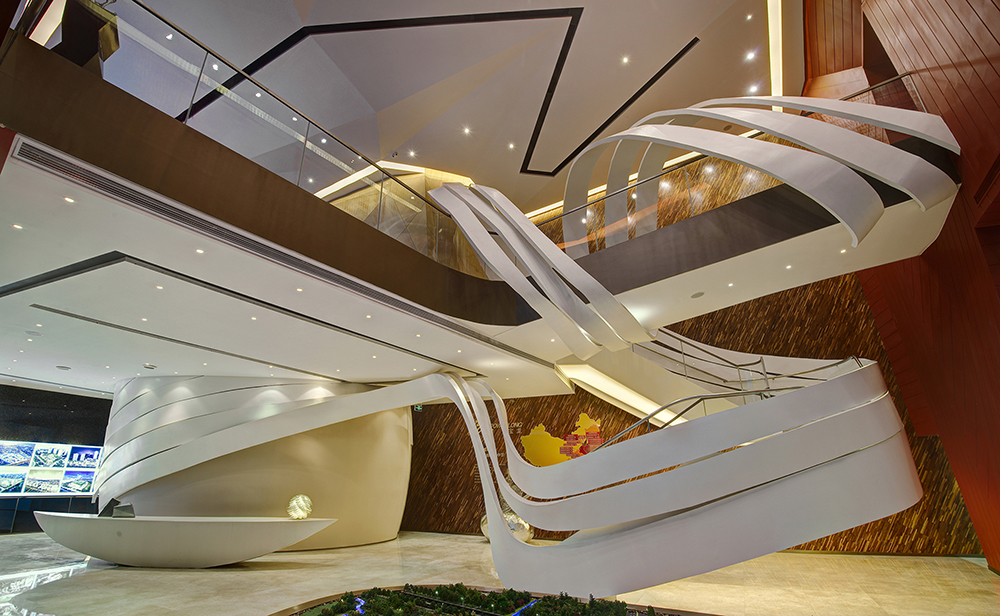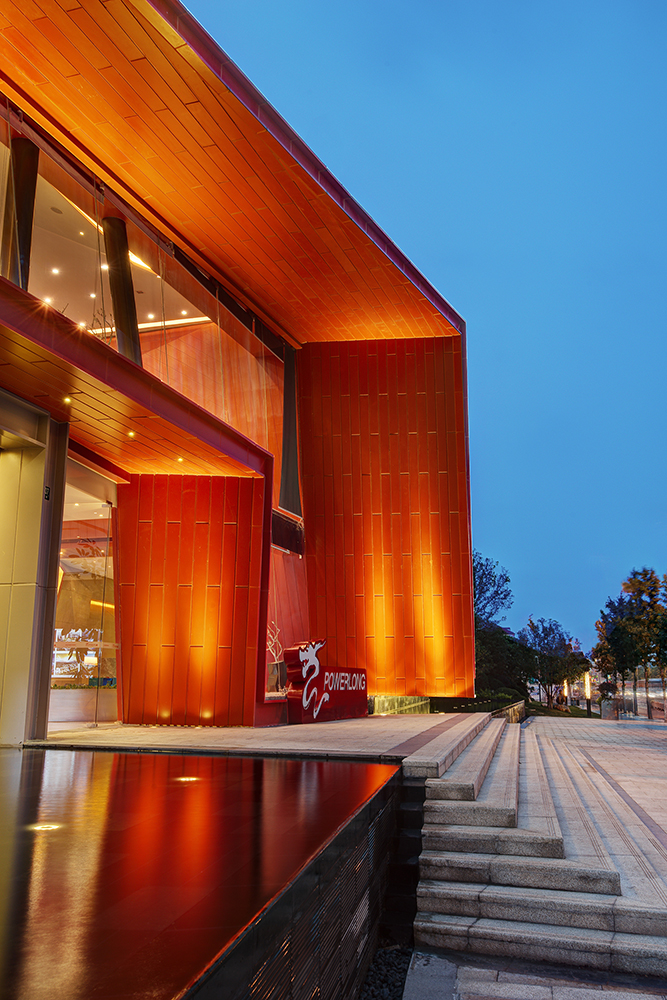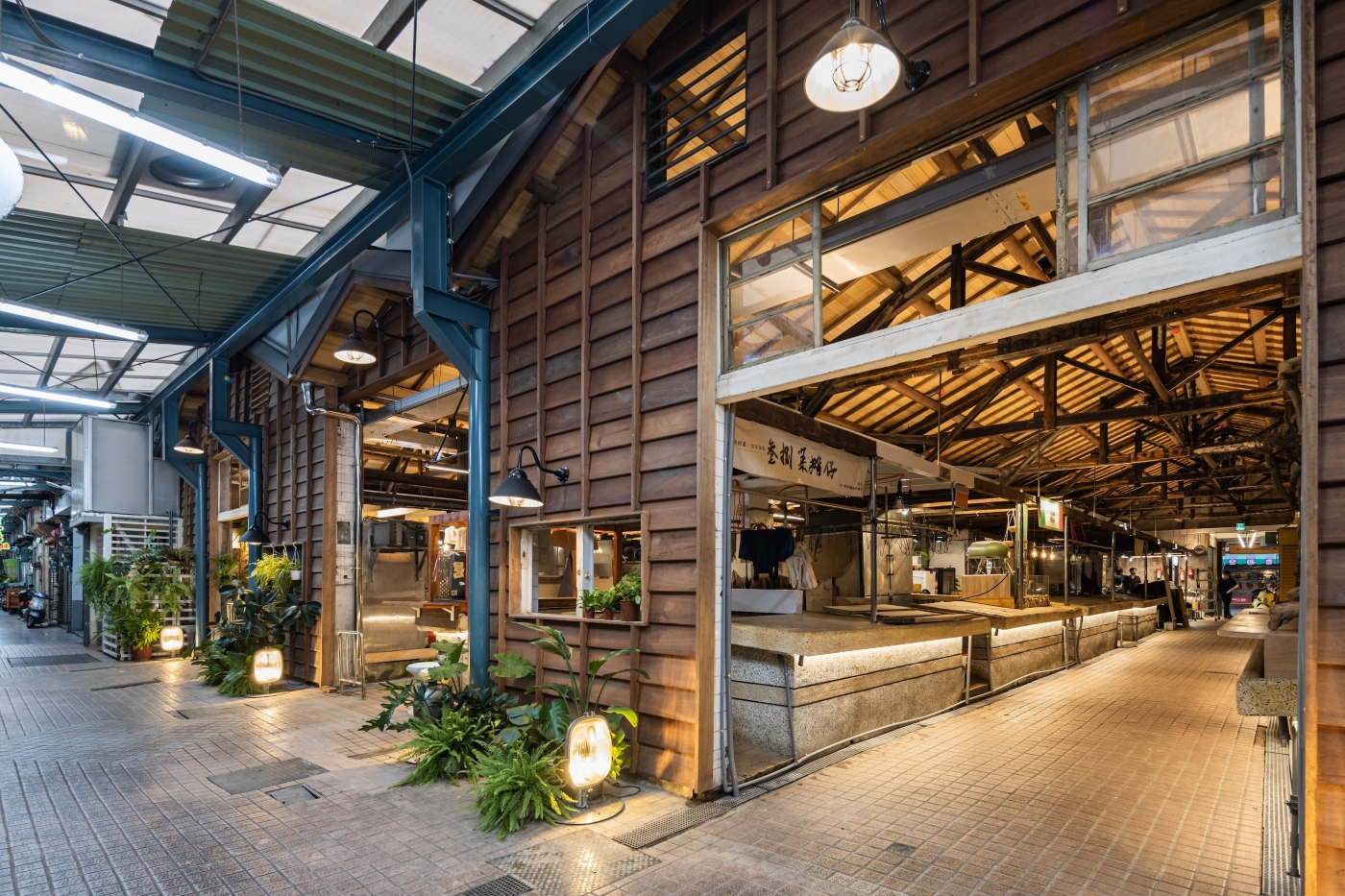The effect of a person’s childhood experiences often echoes through the works of our entrants – just like in the case of Kris Lin, who based his outstanding architectural work on Jenga, the well-known game. However, for him, the inspiration came more from his daughter.
You are the 2017 LICC Artist of the Year with Jenga Windows, which uses the idea of the famous European game. How exactly, and where, did this idea come from?
When we play with Jenga some blocks can be built into different geometries by arranging, combining, ringing form, and making symmetries. If we think of each block as an interior space, then the combination of blocks is the combination of spaces, which is our building.

Photo credit: Kris Lin
Was the game Jenga part of your childhood experience?
Yes, I love it. But it’s more about my daughter, who is a smart little girl that inspired me when she was playing with blocks. She made all these different shapes, and then she told me this is a skyscraper, this is a museum, this is an art gallery. It’s really incredible.
You created a commercial building, what is its’ main function? How does your design contribute to the effective functioning of the space?
Its main function is residential sales and commercial investment. Building blocks are scattered up and down, with a bit of left-right asymmetry, but well-arranged. Modular building blocks and some large French windows make the whole building extend to commercial façades. Interior functions are fully presented in the facade of the commercial building, besides, the building facades also reflect some of the interior functions, such as negotiating space, film space, display space, vertical stair and office area. It is quite an attractive commercial building.

Photo credit: Kris Lin
Your main activity is in Shanghai, China, how is the architectural scene there? How is it different from the rest of the world and what are the main characteristics?
Everything is developing rapidly. Many international designers set up offices in Shanghai. Of course, compared with the design in other parts of the world, we also have our own characteristics. For example, we integrate regional characteristics into the design and reflect more Oriental culture in the design.
What suggestions/advice would you have for aspiring architecture and design students?
It’s really important to keep a passion for design. Real work is always boring and heavy, which may devour your enthusiasm bit by bit, but you must always keep your enthusiasm for it so that you can make good designs. Persistence will surely give you the results you want.

Photo credit: Kris Lin










